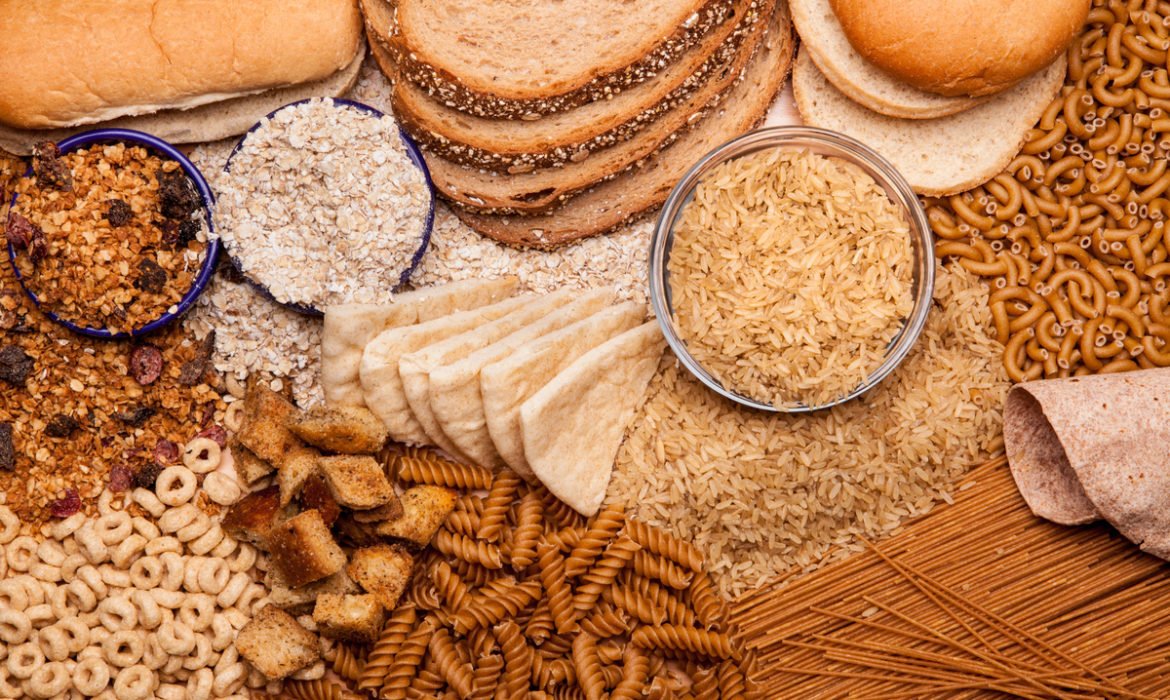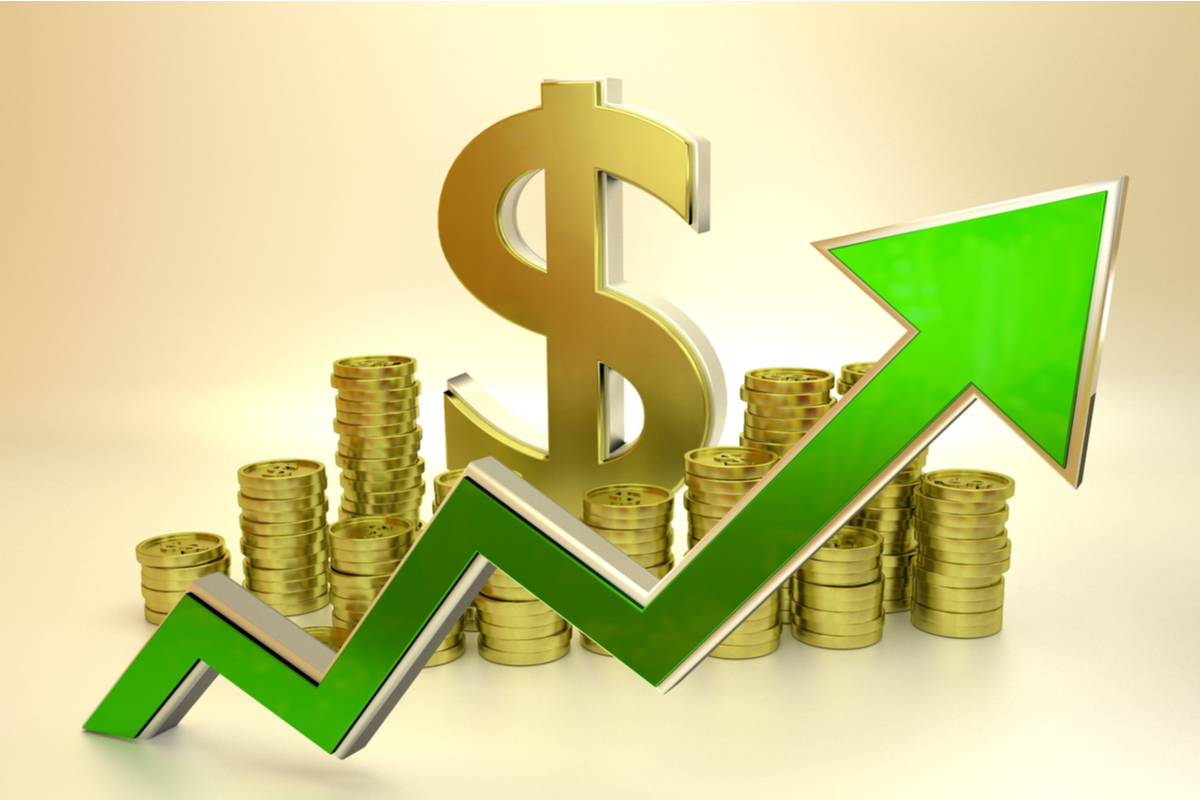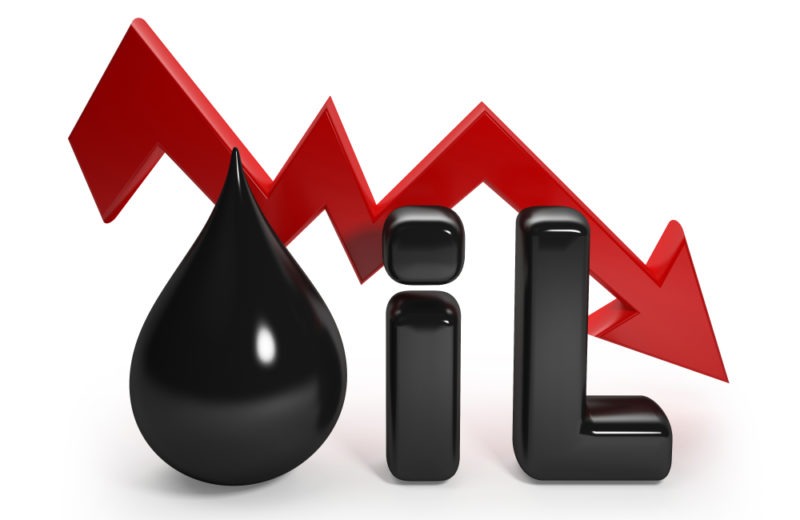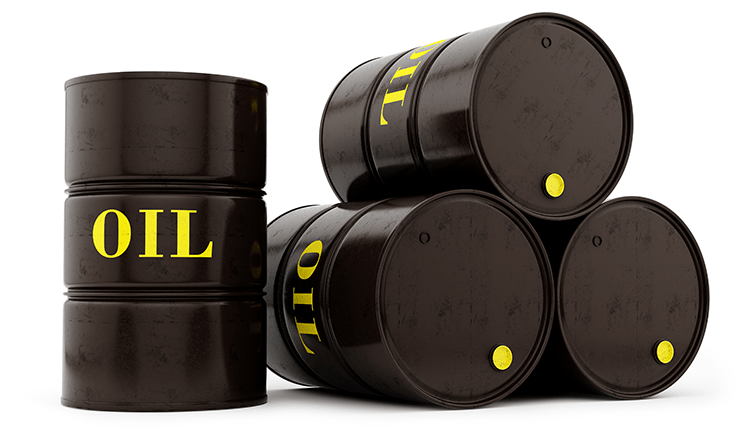The conditions the coronavirus outbreak has caused in the market is exceptional, and the consequences are unforeseen. Especially in the food market.
The pandemic has spread all over the world, with higher intensity in Europe. Analysts think that the worst has yet to come. After all, there are overpopulated and unprotected areas in the world, such as India, South America, and Africa. Still, China has stabilized the infections. It’s the first day without new infections in the country. 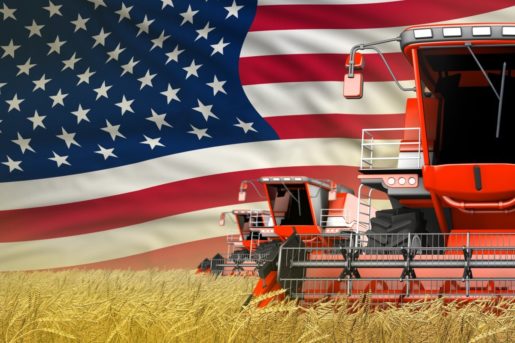
To a greater or lesser extent, the impact of the pandemic is easily noticeable in all market prices.
Energy is losing more than 30% of its value, and it is spreading to other markets. However, food, and particularly, grain markets are mostly in the green. Wheat prices are leading grain markets higher.
On the other hand, corn rates have some risk to the downside. Due to the lack of gasoline demand, the US ethanol producers may take about two billion gallons offline.
Measurements Countries Take to Provide Demand for Food
There has been significantly less boat traffic coming out of Brazilian ports because of the measures the government has taken to prevent the spread of the coronavirus. However, March is looking like a positive month. Last Friday, 7.2 MMT of soybeans had been shipped out of Brazil. As expected, Brazil will break the record set in 2017.
Conversely, China’s ports are opening back up. Interesting enough to mention that the country has imported six times more soybeans from the US in January and February than it did over the same period in 2019.
Yesterday, the Prime Minister of India initiated a plan to lock down the entire country for the next 21 days. Essential services, like food stores and supermarkets, banks, and gas stations, would still be operating. However, anyone refusing to follow the restrictions could face up a year in jail. The measurements created a high demand for food such as rice, wheat, and pulses.
Countries started to accumulate food providing populist protectionism. Kazakhstan has forbidden all exports of sugar, carrots, potatoes, and wheat. On the other hand, Vietnam has suspended new rise contracts.
China is encouraging its local governments to stockpile food supplies to support increased agricultural production to delay any food-based social unrest in the country.
Analysts say that these restrictions may lead to wartime rationing, especially prise control.
There’s a high demand for pulses in North America. The demand has spiked from $20 to 400%, Comparing to the last year. People look for cheaper, nutritious options for food, with an expiry date that’s years away. As a result, prices of pulse have risen a bit.
- Check-out MyForexNews comprehensive Review on Fundiza
Government Try to Support Agriculture
The US has spent almost one-third of American GDP on the total COVID-19 stimulus package. Lower and middle-income US families of four could now receive direct payments of up to $3000. Unemployment insurance is being extended by four months.
The US government provided about $500 billion in lending and small businesses.
Canada has spent $82 billion on a stimulus package. Both American and Canadian governments are trying to support agricultural industries. The Canadian government has opted for lending where the US has gone with direct payments to farmers.


